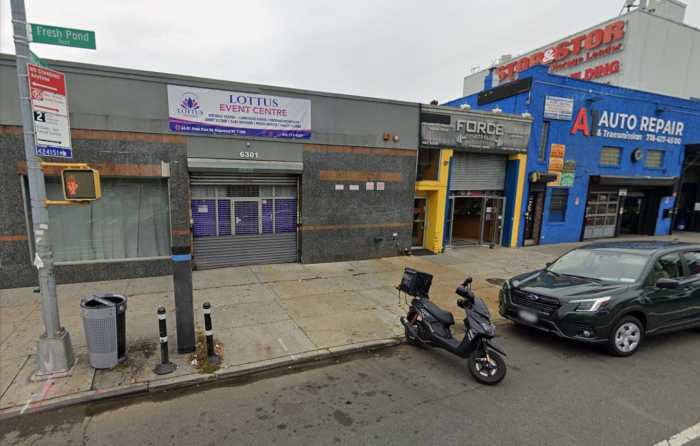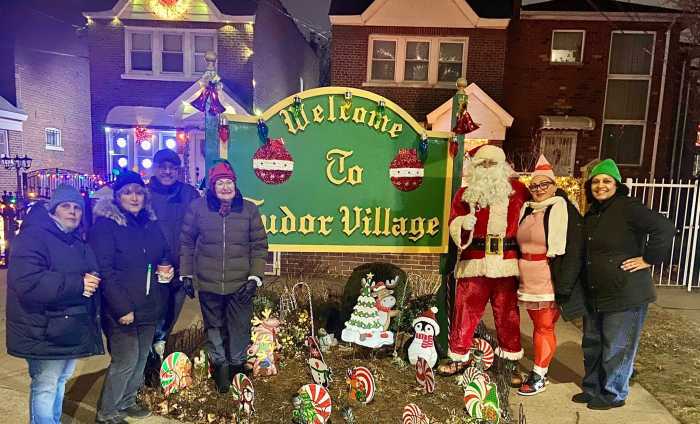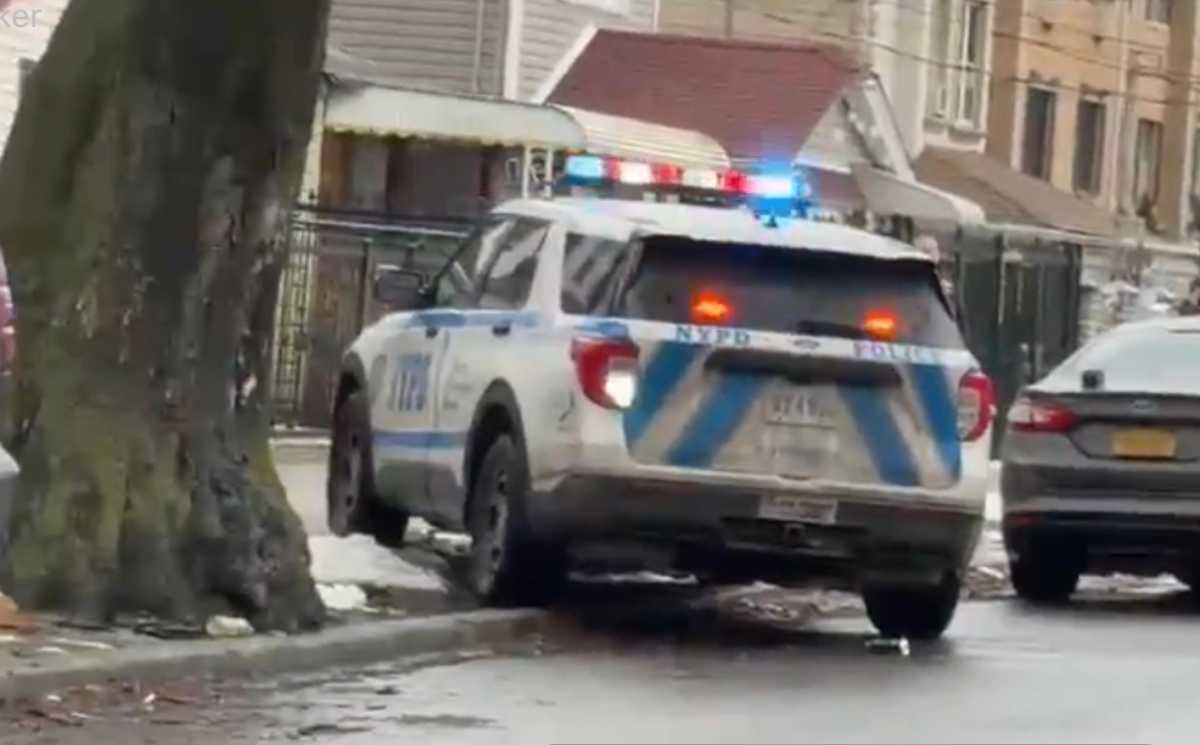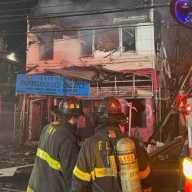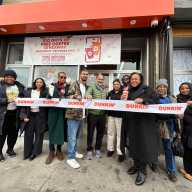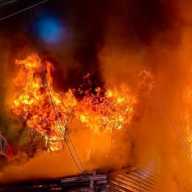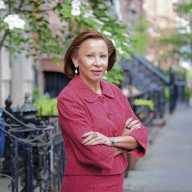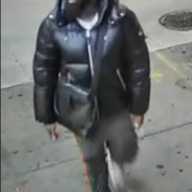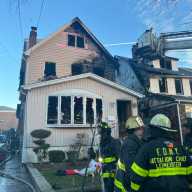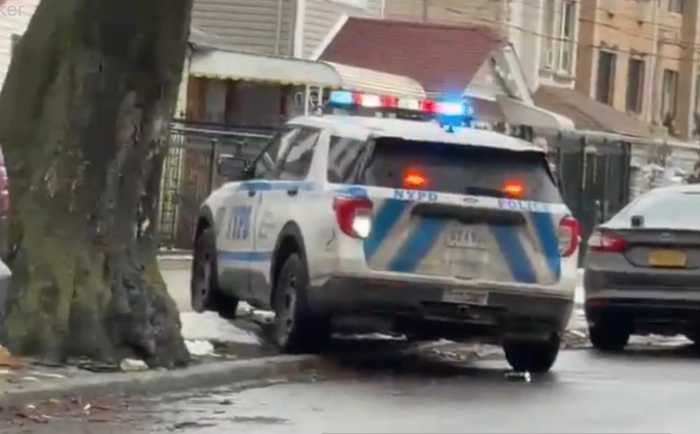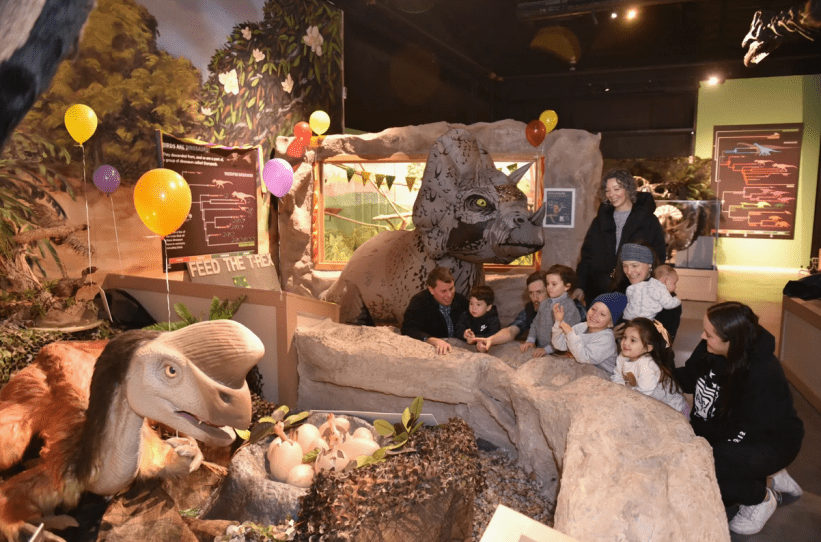By Mark Hallum
An organization devoted to dying languages has determined that Queens has the widest variety of foreign tongues in the world.
The Endangered Languages Alliance has estimated there are over 200 languages spoken in the fittingly dubbed “World’s Borough,” out of the 800 spoken citywide. ELA has drawn a map showing which locations in the five-mile -long stretch of Queens have the greatest density of each.
As languages and cultures fall prey to genocide, language planning and education as well as migration, generations of human experience are lost with it, according to the ELA. Policy makers and activists worldwide are only just beginning to recognize the severity of the issue. The ELA is an organization working to document at-risk cultures in city centers such as New York and Toronto.
“A place like Queens can play a dual role,” ELA Assistant Director Ross Perlin said, explaining how transplanting an already endangered language has the potential to either accelerate its dying off or encourage the people who use it to preserve their culture. “In some cases people, could come here and gain a deeper connection to their home culture.”
Perlin has been working with Executive Director Daniel Kaufman, a Queens College linguisitcs professor, and cartographer Molly Roy to produce language maps for the whole city as part of an ongoing effort since the organization was founded in 2010. Rebecca Solnit and Joshua Jelly-Schapiro produced a book titled “Nonstop Metropolis: a New York City Atlas,” which featured the ELA’s map of Queens.
Nonstop Metropolis is a volume within a trilogy which illustrates the city in a series of maps and essays
A place like Queens can offer platforms through digital technology not available in other countries to record and communicate fading ways of life, according to Perlin. who believes that the languages have better odds of surviving in a modern culture compared to in the past when immigration came with a certain degree of isolation and integration. Texting and live chats allow people to practice their culture with people like themselves no matter how distant.
Perlin is currently interested in documenting the existence of Navajo communities, an American Indian culture from the Four Corners region of the Southwest, in the city to add to the map of linguistic diversity. The Navajo currently have one of the strongest surviving native language in North America.
Bob Holman is the founder of the Bowery Poetry Club and works with the ELA as well as linguists and claims that a major sign of linguistic decline is the disappearance of poetry in native languages. Holman did a film featured on PBS called “Language Matters,” which detailed what is lost when languages go the way of the mammoth.
“It is a natural job of a poet to be working to keep languages alive,” he said. “We’ve been using language print free for thousands of years and now they’re disappearing at a rate we’ve never seen before. It’s a challenge, and of course this means whole cultures are going, not just the poetry. Language is the essence of the culture and poetry is the essence of the language.”
Among the most rare and arcane languages found in Queens, according to Holman, are those of indigenous groups originating from Mexico and Central America. Nahuatl, the primary language of the ancient Aztec empire still spoken today by Nahua people across Mesoamerica, is present in Corona, according to the map. The Mixteco language of Nuu Savi is also spoken in this part of Queens, as well as Tlapaneco, Cuicateco, Chinanteco and others originating in the Oaxaca region and beyond.
At the Bowery Poerty Club, different immigrant groups come together to exchange ways of preserving their cultures. Holman believes New York City is not only a sanctuary city for immigrants themselves, but a safe zone for their culture and language.
The Queens Museum has featured the ELA’s work, including a painted rendition of the map.
Reach reporter Mark Hallum by e-mail at mhall



